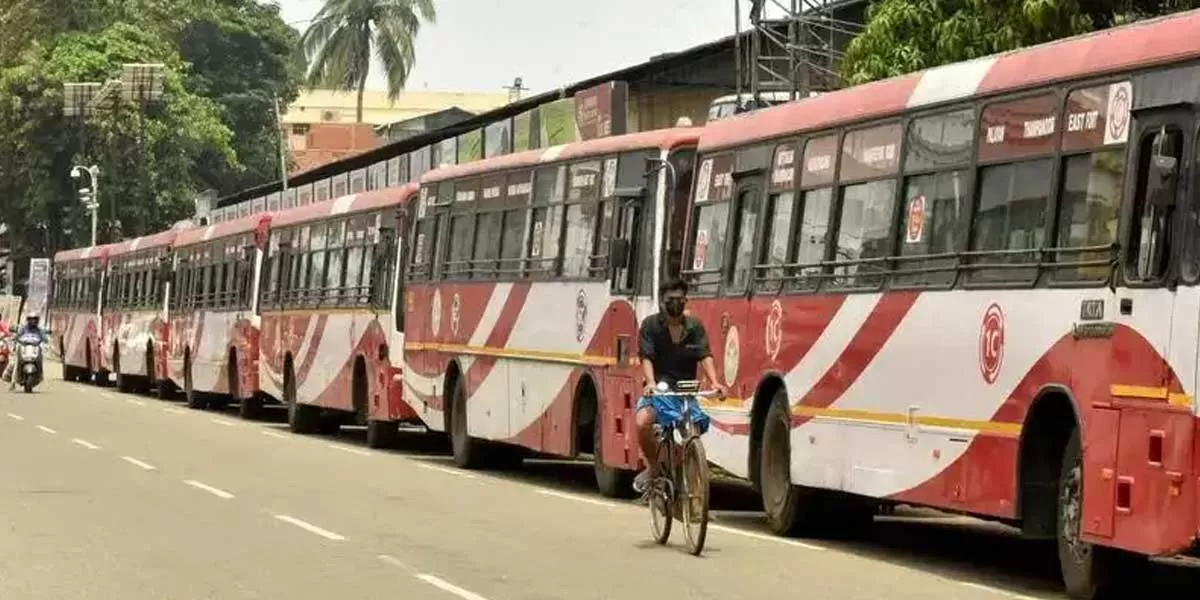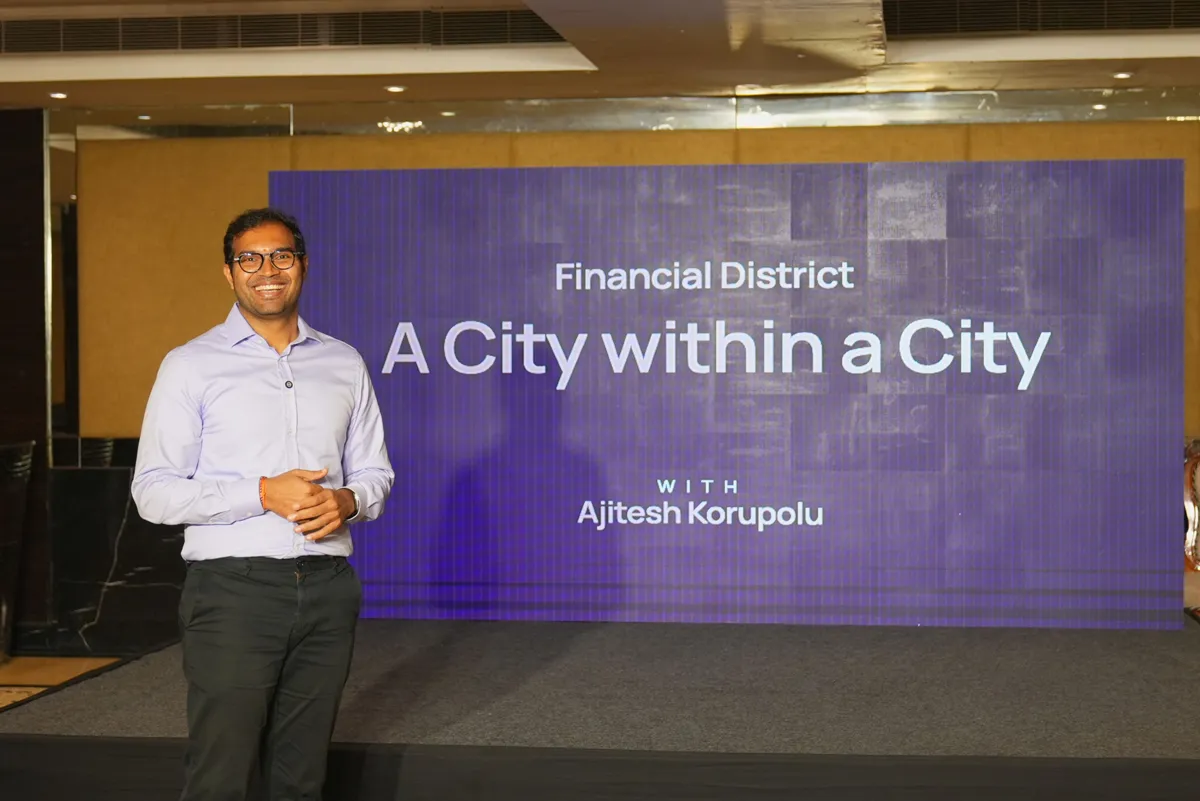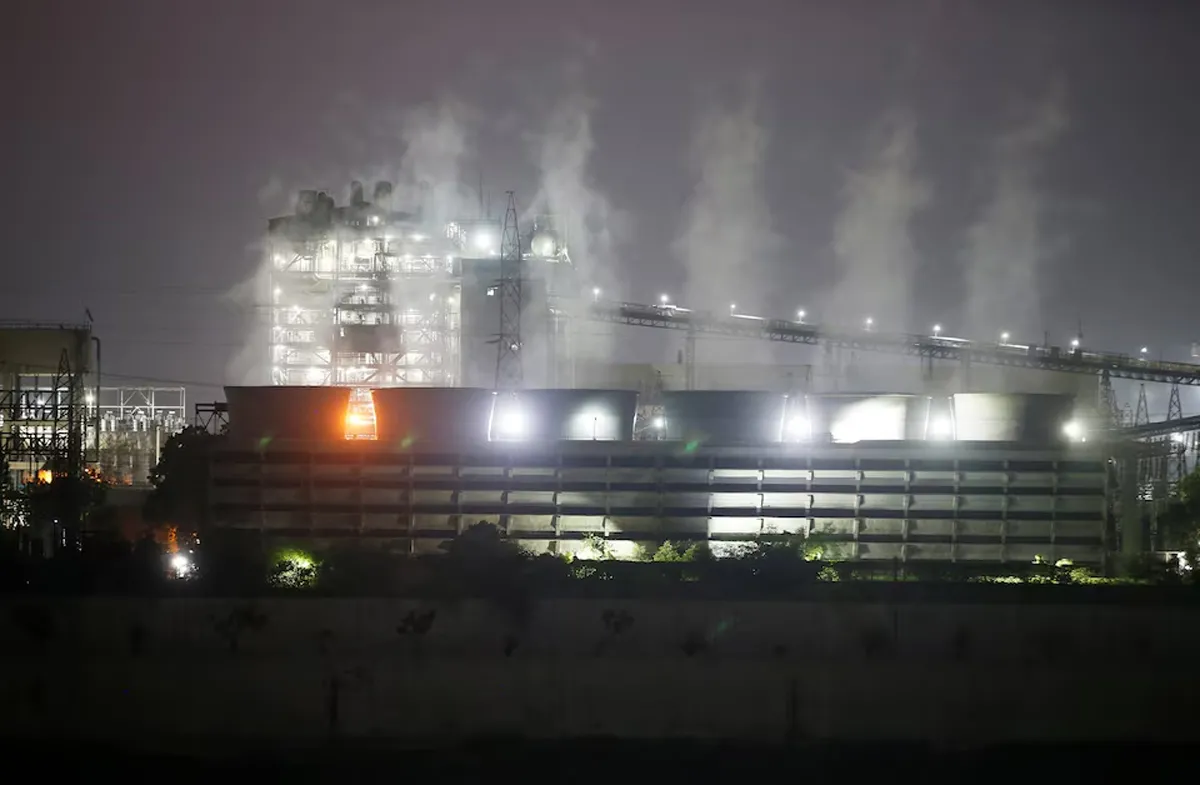

Hyderabad Financial District Evolves into a City Within a City
The Financial District in Hyderabad is rapidly transforming into more than just a business hub—it is evolving into a “city within a city,” a compact ecosystem where work, home, education, healthcare, and lifestyle coexist seamlessly. This vision was reinforced at a press conference hosted by ASBL, where data and insights highlighted why the Financial District has become one of India’s most resilient and future-ready real estate markets. Over the past four years, rental appreciation has consistently outpaced the city average, underlining genuine demand. In FY 2024–25 alone, 3BHK ..

TOTO Expands Bathroom Portfolio in India
TOTO India has expanded its product portfolio with the launch of season-inspired basins, premium faucets, and a new water-efficient WC range. The new additions reflect the brand’s philosophy of combining Japanese craftsmanship, technology, and design with sustainable living. The season-themed basins, enhanced with TOTO’s CEFIONTECT glaze, are offered in four shades—Forest Green, Mandarin Orange, Scarlet Red, and Ash Blue—each inspired by a season. Complementing these are faucets in Rose Gold and Graphite finishes, crafted with PVD technology for durability and manufactured using p..

India Sees 1 per cent Drop in Power Sector CO₂ Emissions
India’s carbon dioxide emissions from the power sector fell by 1 per cent year-on-year in the first half of 2025, marking only the second decline in nearly 50 years, according to a research report. The reduction was largely driven by record clean-energy capacity additions and lower electricity demand due to unusually mild weather, the analysis by the Centre for Research on Energy and Clean Air (CREA) for Carbon Brief found.The Helsinki-based think tank attributed 65 per cent of the decline in fossil-fuel generation to slower demand growth, 20 per cent to faster expansion of clean energy, and..
















